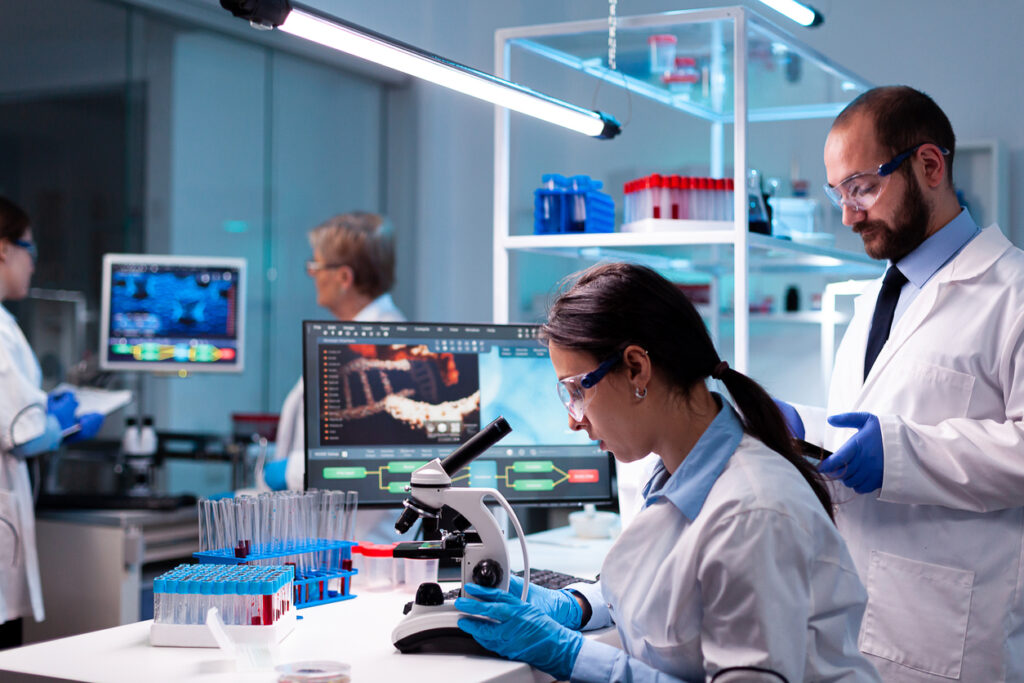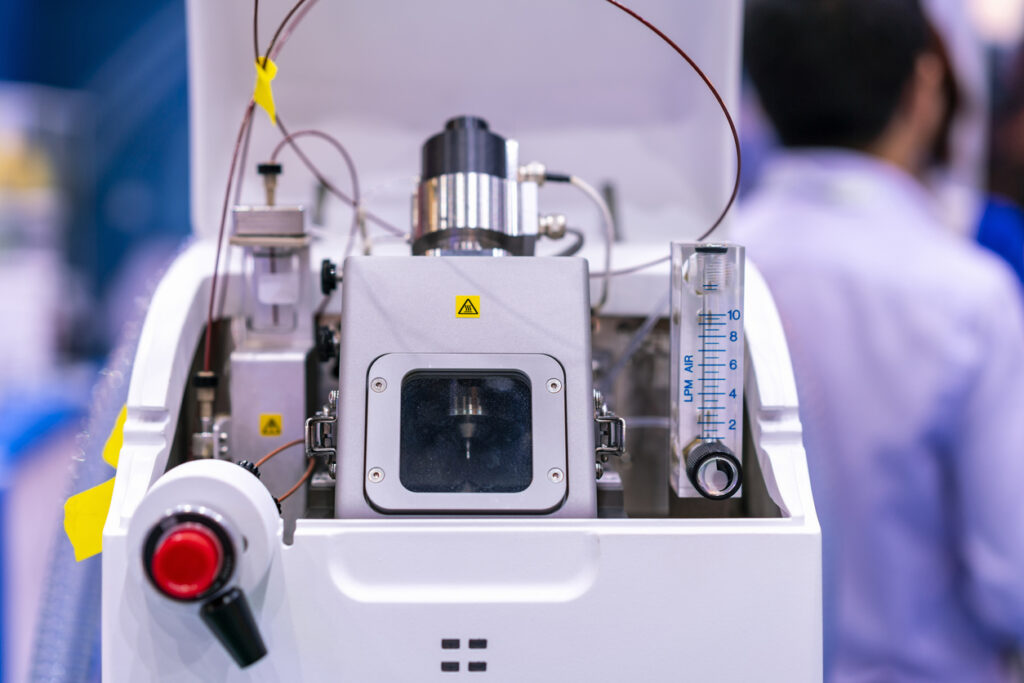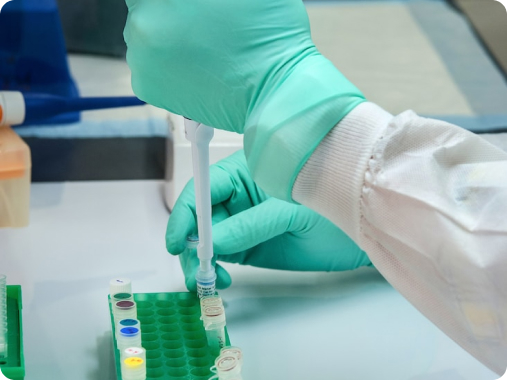In the lab, where precision and reliability are paramount, lab equipment preventive maintenance emerges as a cornerstone for maximizing efficiency. The significance of preventive maintenance in laboratories includes its role in equipment longevity, cost-effectiveness, and overall operational excellence. Developing a step-by-step process to create an effective preventive maintenance schedule tailored to the unique needs of your lab is critical to optimizing results and speed of science.
Importance of Lab Equipment Preventive Maintenance in Laboratories
Ensuring Lab Equipment Longevity
Laboratory equipment serves as the backbone of experiments and analyses. Regular use, however, takes a toll on these sophisticated instruments. Preventive maintenance acts as a protective shield, ensuring equipment longevity by addressing potential issues before they escalate into critical failures.
Cost-Effectiveness and Downtime Reduction
Unplanned downtime due to equipment failure can lead to significant financial losses and disruptions in research timelines. Preventive maintenance minimizes the risk of sudden breakdowns, thereby reducing downtime and its associated costs. Investing in routine maintenance proves to be a cost-effective strategy in the long run compared to reactive approaches.
Accuracy and Reliability
Laboratory instruments are calibrated to provide accurate and reliable results. Regular preventive maintenance checks help uphold the accuracy of measurements, ensuring that experiments are conducted with precision. Researchers can trust the outcomes of their work, contributing to the integrity of scientific findings.

Creating an Effective Lab Equipment Preventive Maintenance Schedule
Step 1: Inventory and Assessment
Before crafting a preventive maintenance schedule, conduct a thorough inventory of all lab equipment. Categorize instruments based on criticality to research operations. Perform a comprehensive assessment of each item, noting down its usage frequency, manufacturer’s recommendations, and historical performance data.
Step 2: Prioritization and Criticality Analysis
Assign priority levels to equipment based on their criticality to ongoing experiments and research projects. High-priority instruments, central to daily operations, may require more frequent maintenance. Utilize criticality analysis to identify potential risks associated with each piece of equipment, guiding the frequency and depth of preventive maintenance tasks.
Step 3: Manufacturer Guidelines and Documentation
Refer to the manufacturer’s guidelines and documentation for each instrument. Manufacturers often provide detailed recommendations for maintenance intervals, calibration procedures, and troubleshooting. Incorporate these guidelines into your preventive maintenance schedule to ensure alignment with industry best practices and warranty requirements.
Step 4: Frequency and Timing Considerations
Determine the optimal frequency for preventive maintenance tasks based on equipment usage patterns, manufacturer recommendations, and criticality analysis. Balance the need for regular maintenance with the goal of minimizing disruption to ongoing experiments. Consider scheduling maintenance during periods of lower research activity to mitigate the impact on daily operations.
Step 5: Centralized Scheduling System
Implement a centralized scheduling system to track and manage preventive maintenance tasks. Utilize digital tools or specialized software to create a calendar that outlines upcoming maintenance activities. Include reminders and notifications to alert relevant personnel about scheduled tasks well in advance.
Step 6: Training and Documentation
Ensure that lab personnel are adequately trained on preventive maintenance procedures. Create detailed documentation for each maintenance task, including step-by-step instructions, safety precautions, and troubleshooting tips. Regularly update documentation to reflect any changes in equipment specifications or protocols.
Step 7: Performance Monitoring and Feedback Loops
Establish a system for ongoing performance monitoring of lab equipment. Collect data on equipment performance, downtime incidents, and the effectiveness of preventive maintenance tasks. Implement feedback loops to continuously improve the preventive maintenance schedule, adjusting intervals and tasks based on real-world performance data.
Step 8: Budgeting and Resource Allocation
Integrate preventive maintenance costs into the lab budget, considering factors such as labor, replacement parts, and external service contracts. Allocate resources efficiently to support the preventive maintenance schedule without compromising other essential aspects of lab operations.

Efficient Lab Operation with Renovo Solutions
A well-designed preventive maintenance schedule is a key element in the pursuit of maximizing lab efficiency. By prioritizing equipment, adhering to manufacturer guidelines, and implementing a centralized scheduling system, laboratories can proactively address potential issues, ensure equipment longevity, and minimize downtime. The investment in preventive maintenance not only safeguards against financial losses but also contributes to the reliability and accuracy of scientific research. Embrace a comprehensive approach to preventive maintenance, and witness the transformation of your laboratory into a hub of efficiency and innovation.
In research and development, precision is not negotiable. It’s the cornerstone of groundbreaking discoveries, innovative therapies, and scientific advancements. Renovo Solutions – Life Sciences is your partner in unlocking precision through optimized lab equipment. Embrace a future where your lab operates seamlessly, where instruments are not just tools but precision partners in your scientific journey. Contact Renovo Solutions today to learn more about our laboratory asset management programs and embark on a precision-driven path that defines the future of your research. Precision is not just a goal; it’s our commitment.

